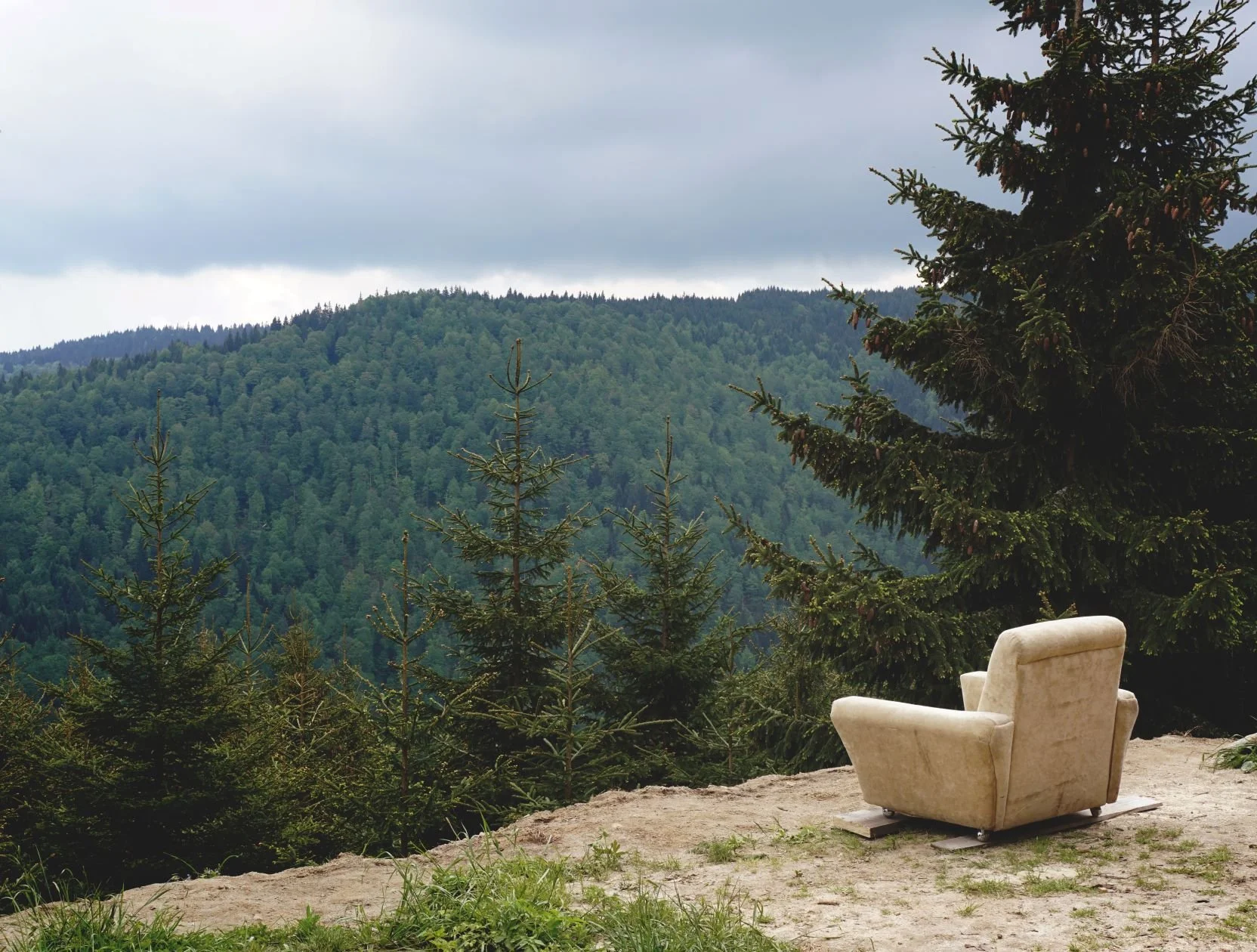Writing My Way into a Beginning
A supposed-curse surrounds Shakespeare’s tragedy Macbeth. If a troupe of actors choose to put on a production of the work, they will refer to the masterpiece as The Scottish Play to ward off the ill-will brought on by saying the word “Macbeth.”
A similar curse attends my making announcements to anyone or anything—the dust motes included—that I’m beginning my new novel. Should I make such an announcement, here’s what will happen: I’ll sit before my keyboard with my draft 1 file open to its first blank page awaiting all the possibilities of sentences before me; I’ll put my fingers to the keys; take a breath; and…nothing.
From this point on, I can describe only how my process works. To see myself a writer required I first find my process and learn to trust it. This journey into self-knowledge needs a lifetime. I’ve taken classes and read countless books. I’ve tried on the techniques of other writers with varying success. In the end, the real path to my process was simply to write until I uncovered my own perspectives and techniques.
Here’s the big lesson: I cannot sit down and write a novel. Or memoir. Or essay. Creating a work of writing is more akin to making old-school puff pastry croissants or finessing finicky phyllo dough into a spanakopita. Writing demands patient working with layers, the more, the better. I can write only one layer at a time. For that reason, my opening sentence with all its complex portents and the most rewritten sentence in my novel will be many days—if not months—from surfacing.
I’m waiting for a person—not ideas for a character—but a fully-human human being to come wandering out of the dense forest of questioning words.
I no longer start my projects with attempts to compose the killer hook of that first sentence. If I truly need an opener, Once Upon a Time always works as a placeholder. I write what is within me at that moment: uncertainties about even taking this on. I end up listing the exact story elements as given by whatever magical thinking comprises inspiration. What I get is pages of unanswered questions and contradictions in what felt so complete when presented by the Muse.
I keep listing details, most of them “What if?” questions to myself or to the story. I make notes about why the idea so compelled me to spend the time it’s going to take to properly realize a story from spiderweb floss and fireflies. What does this story need me to say?
My “lost in the woods” writing can last for days, more often weeks, while I wait. I’m waiting not for the first piece of story to fall from the sky. I’m waiting for a person—not ideas for a character—but a fully-human human being to come wandering out of the dense forest of questioning words.
This person arrives as any person would, with a definite look, age, and attitude. They have complex desires, strengths, and weaknesses. They have secrets they don’t want me to find. The first question this person asks is always, “Where am I?” (there’s my setting) and then “Who am I?” (there’s my main character’s life). My question in return is “What do you remember about how you got here?” If the stranger’s response is anything along the lines of “Who’s asking and why do you want to know?” my heart opens. I can breathe. This stranger has already lived the story I’m going to write.
My protagonist has emerged. A protagonist must arise from the story’s layered-questions of itself. Those questions will form the story of who they are. In answering those questions, the story will change them into who they’ll become. On meeting my protagonist, my novel forgets about time spent wandering in circles. Those circles pulled into being a single person with whom I can talk about their story—after I’ve managed to earn their trust, of course. I’m no longer in this writing thing alone. That’s how my novels begin.
Next Week: Trick Question—What is the difference between a pantser and a plotter?
Writing Exercise
Write about your process of beginning a project. What about that process brings you a sense of satisfaction or confidence? What do you feel needs changing? Do you trust your process? What would make it for you more trustworthy?
Photo by Boba Jovanovic on Unsplash

